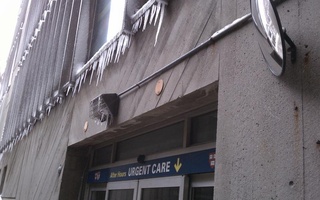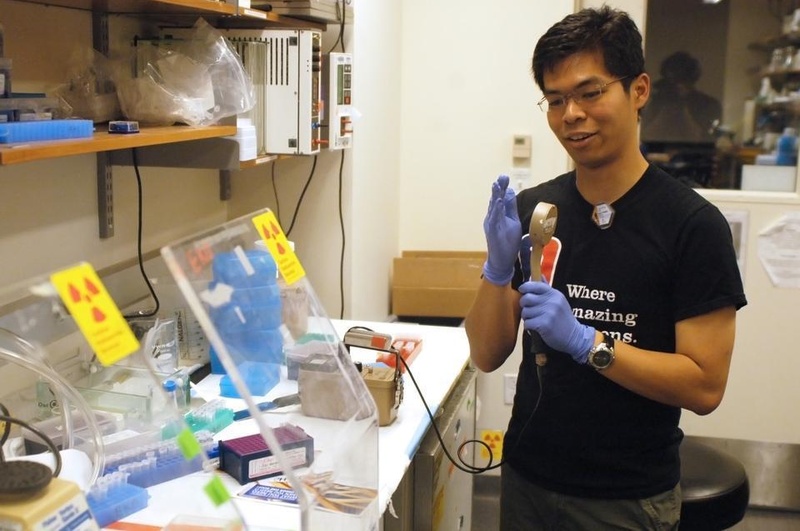For Shawn Low ’11, time is of the essence.
Not only is his thesis about the body’s internal clock, but it’s already done—an unimaginable feat for most juniors.
Low has worked in the lab of Molecular and Cellular Biology Professor Erin K. O’Shea for five semesters and two summers to prepare his thesis on temperature compensation in the three protein circadian clock.
Low said that he was able to finish his thesis a year ahead of schedule because O’Shea encouraged him to conduct his research on a fast-paced schedule, which would allow him to contribute concrete discoveries to the quickly evolving field of chronobiology.
Low’s research focuses on temperature compensation of the three-protein post-translational oscillator in the cyanobacterial biological clock. The oscillator controls global gene expression and regulates cyclical changes in the organism's physiology, biochemistry, and metabolism.
He studies how these three proteins—called KaiA, KaiB, and KaiC—respond to high and low temperature environments.
Low used existing mathematical models of the biological clock developed by others to predict the effects of temperature changes on the in vitro clock. He then compare the predictions from the model to experimental data.
To his surprise, the clock experienced no effect and ticked at a regular rate despite the changes.
Low found that a majority of the rate constants in the oscillator are not temperature-sensitive, but a small number are—suggesting that the temperature compensation of period length may result from a more fundamental property of the clock. Low proposed that the small number of temperature-sensitive rate constants may play an integral role in entraining the clock to diurnal temperature cycles in the environment.
Low, a Singapore native, said that he initially considered concentrating in Economics.
But upon finding himself enjoying Life Sciences 1a and contemplating the idea of research, Low asked O’Shea—who taught the course—about joining her lab.
With little to no experience in scientific research, Low was able to emerge with a thesis that is currently in the process of getting published.
He said he learned to speed up his experiments by running his pipetting and gelling procedures in groups rather than one at a time. He also economized his time by using the lab’s liquid handler, which runs and monitors certain experiments without human supervision.
“I learned a lot not just about the science of [chronobiology], but also, if you will, the business end of it—of how to actually optimize your experiments so that you get the most amount done,” said Low, who is considering business school after graduation.
Read more in News
Our Carbon FootprintRecommended Articles
-
Harvard Scientists Create New Fuel CellHarvard researchers have developed a fuel cell that utilizes methane gas, a significant breakthrough that promises longer-lasting battery life and a more environmentally friendly power source for mobile devices in the future.
-
 Falling Ice Presents Hazards Across Campus
Falling Ice Presents Hazards Across Campus -
Chocolatier Enchants Eager CrowdA Barcelona-based pastry chef speaking in the Science and Cooking lecture series explored the various tantalizing properties of chocolate.
-
Students Enjoy Record High TemperaturesAs temperatures were unseasonably high from the Midwest to the Northeast, students in Cambridge enjoyed 70-degree Fahrenheit weather—a remarkable 30 degrees above the typical monthly average.
-
 Harvard Square Clocks
Harvard Square Clocks -
 Professor Apologizes for Running Over Time
Professor Apologizes for Running Over Time














